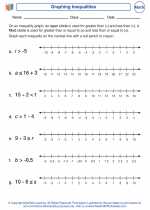Reflection Symmetry
Reflection symmetry, also known as line symmetry or mirror symmetry, is a property of a shape or an object being symmetrical across a line. When a figure has reflection symmetry, it means that one half of the figure is a mirror image of the other half when reflected across a line.
Characteristics of Reflection Symmetry
1. The line across which the reflection occurs is called the line of symmetry.
2. The shape on one side of the line of symmetry is a mirror image of the shape on the other side.
3. The line of symmetry divides the figure into two congruent halves.
Examples of Reflection Symmetry
Some common examples of reflection symmetry include:
- Letter "A"
- Rectangle
- Circle (when the line of symmetry passes through the center)
- Human face (when divided vertically down the center)
Testing for Reflection Symmetry
To test whether a shape has reflection symmetry, you can do the following:
1. Draw the shape on a piece of paper.
2. Place a mirror along a potential line of symmetry. If the reflected image in the mirror matches the original shape, the shape has reflection symmetry along that line.
Study Guide for Reflection Symmetry
1. Identifying Reflection Symmetry: Look for shapes and objects around you and identify their lines of symmetry. Practice identifying whether a shape has reflection symmetry or not by using a mirror to check for symmetrical properties.
2. Drawing Reflection Symmetry: Practice drawing shapes with reflection symmetry. Start with simple shapes like triangles, squares, and rectangles, and then progress to more complex shapes like letters of the alphabet.
3. Real-life Examples: Look for real-life examples of reflection symmetry, such as in architecture, nature, and everyday objects. Take photographs or make sketches of these examples and identify their lines of symmetry.
4. Reflection Symmetry Puzzles: Solve puzzles and worksheets that involve identifying and drawing lines of symmetry for various shapes. This will help reinforce your understanding of reflection symmetry.
[Reflection Symmetry] Related Worksheets and Study Guides:
.◂Math Worksheets and Study Guides Seventh Grade. Equations and Inequalities
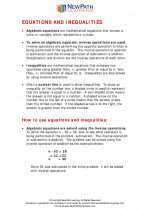
 Worksheet/Answer key
Worksheet/Answer key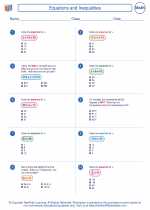
 Worksheet/Answer key
Worksheet/Answer key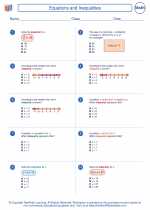
 Worksheet/Answer key
Worksheet/Answer key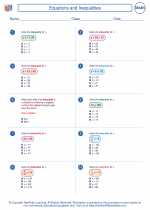
 Worksheet/Answer key
Worksheet/Answer key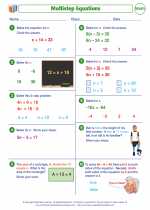
 Worksheet/Answer key
Worksheet/Answer key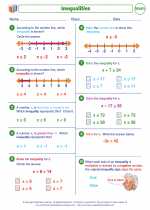
 Worksheet/Answer key
Worksheet/Answer key